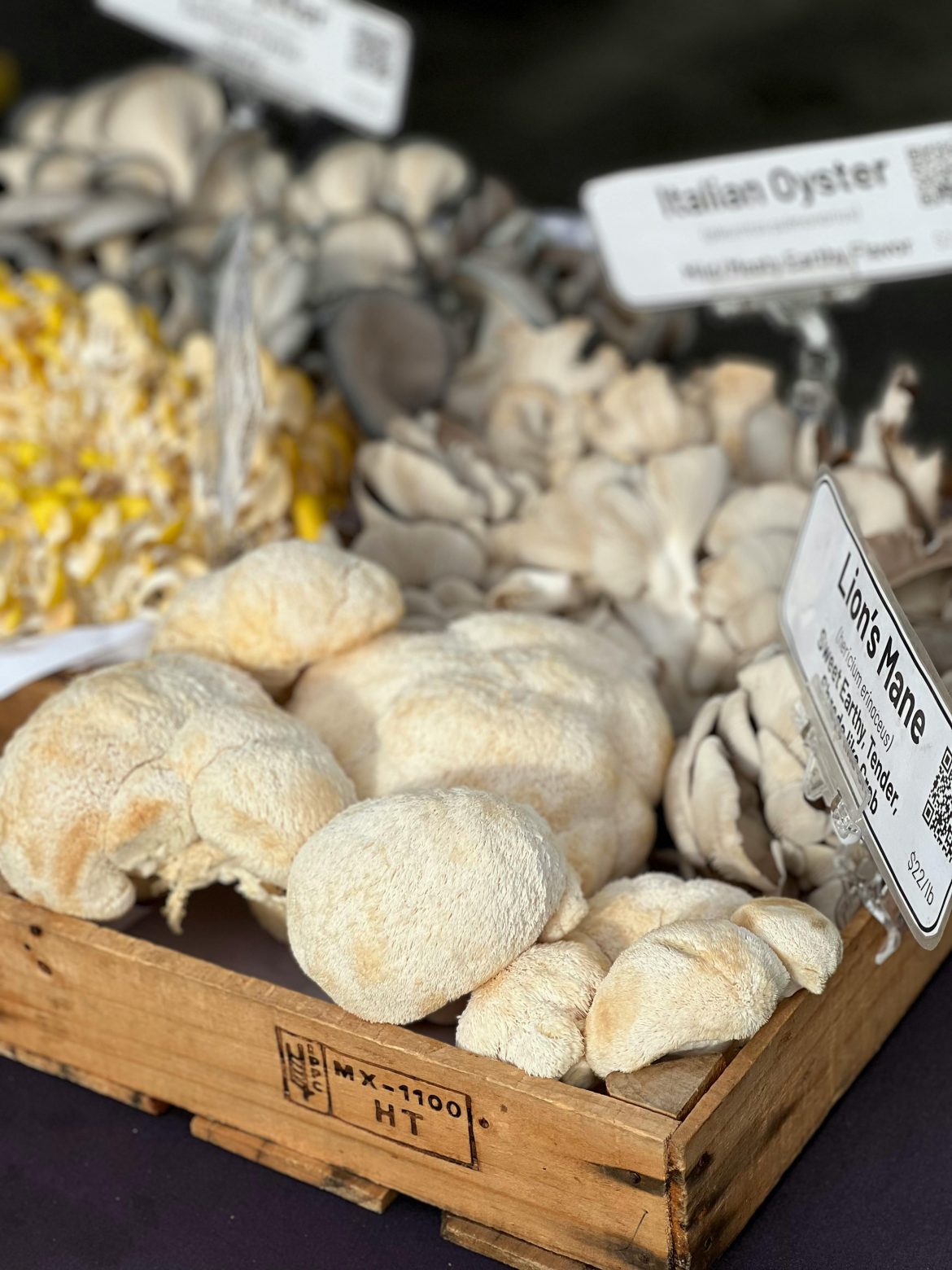Used for its medicinal and culinary uses across China, India, Japan, and Korea, lion’s mushrooms have become quite popular over recent years. Not only does it go by many other names (including Hericium erinaceus, hou tou gu, yamabushitake, and even pom pom mushroom), but it is also considered a ‘functional food’ – one that provides numerous health benefits. Read on and discover the health benefits lion’s mushroom provides, and find ways that you can prepare and cook them at home.
Why you should be eating Lion’s mane mushrooms
Lion’s mane mushrooms resemble a white shaggy ball of closely packed threads, icicles, or soft teeth. Its Latin name, Hericium erinaceus, literally translates to ‘hedgehog-like’ mushroom, or mushroom with ‘spines’. Most lion’s mane mushrooms on the market are usually either Hericium erinaceus or H. americanum.
When left to grow and flourish in the wild, these fungi can grow up to a whopping 4 kilograms, fruiting on dead trees and logs, even on injured, living trees. This fungus finds its nourishment by being both a saprophyte (an organism that survives on dead organic matter) and a parasite (nourishing itself on a living organism).
While research is still ongoing, many studies on animals (mainly mice) have found serious health benefits from consuming lion’s mane mushrooms, namely:
- Cognitive support: Lion’s mane mushrooms contain two special compounds that can stimulate the growth of brain cells, namely hericenones and erinacines. This stimulation has been found to protect against Alzheimer’s disease, dementia and help reduce symptoms of memory loss.
- Mood & stress support: While there are many causes of stress and mood disorders (anxiety and depression), chronic inflammation is a major contributing factor. Research shows that lion’s mane extract has anti-inflammatory properties that may reduce symptoms of stress and mood disorders.
- Immune boost: Lion’s mane extract has been shown to help speed recovery from nervous system injuries, and its high antioxidant and beta-glucan content support the body’s natural immune response.
- Gut health: Prebiotic fibres feed beneficial gut bacteria, reduce inflammation, and prevent tissue damage in the intestinal tract. Studies have shown that lion’s mane extract may reduce symptoms of stomach ulcers and Crohn’s disease.
- Anti-inflammatory properties: Lion’s mane extract has high amounts of antioxidants that may reduce the effects of inflammation, helping to reduce the risks of heart disease, diabetes, and possibly cancer
- Energy & vitality: Due to its adaptogenic-like properties, many people have reported feeling energised when regularly consuming this fungus.
How to eat them
Preparing lion’s mane mushrooms
- Brush, or gently wipe them clean from any debris (avoid soaking them in water).
- Trim the base if it’s tough or overgrown.
- Instead of slicing or chopping them up, tear them into pieces – this helps maintain their meaty texture.
- You’ll notice some oozing or moisture loss after tearing, gently pat and allow the moisture to evaporate before cooking for maximum caramelisation.
Ways to cook them
Prepare lion’s mane mushroom as you would any other mushroom. The best part? They make for great protein alternatives as their texture when cooked imitates crab meat, scallops, lobster, and juicy soft chicken and pork.
- Pan-fried ‘scallops’ with butter and garlic.
- Shredded ‘crab meat’ for pasta or bakes.
- Add to stir-fries or fried rice dishes as a meat substitute.
- Use powdered lion’s mane in smoothies, as an additive to coffee, shakes and other hot drinks.
- Simply sauteé with garlic, herbs, and cream, and serve on toast, with risotto or as a sauce to accompany pan-fried steak.
Also See: From social media to your table: 5 Trendy ingredients to try in 2025
From social media to your table: 5 Trendy ingredients to try in 2025

